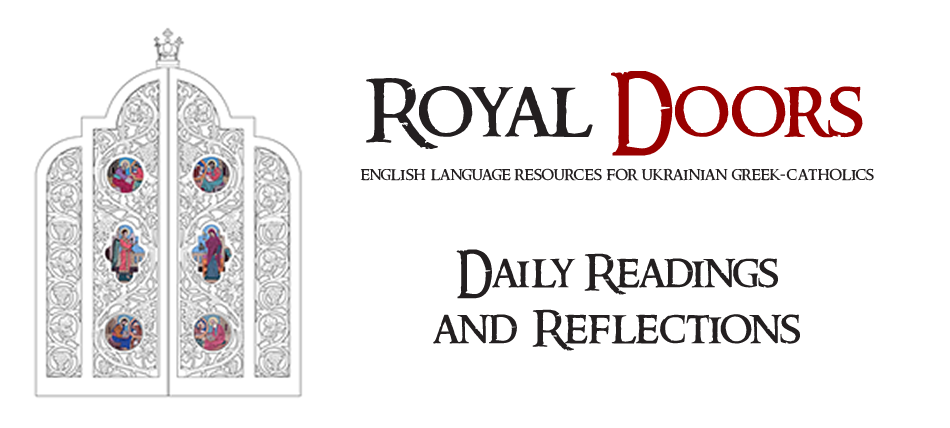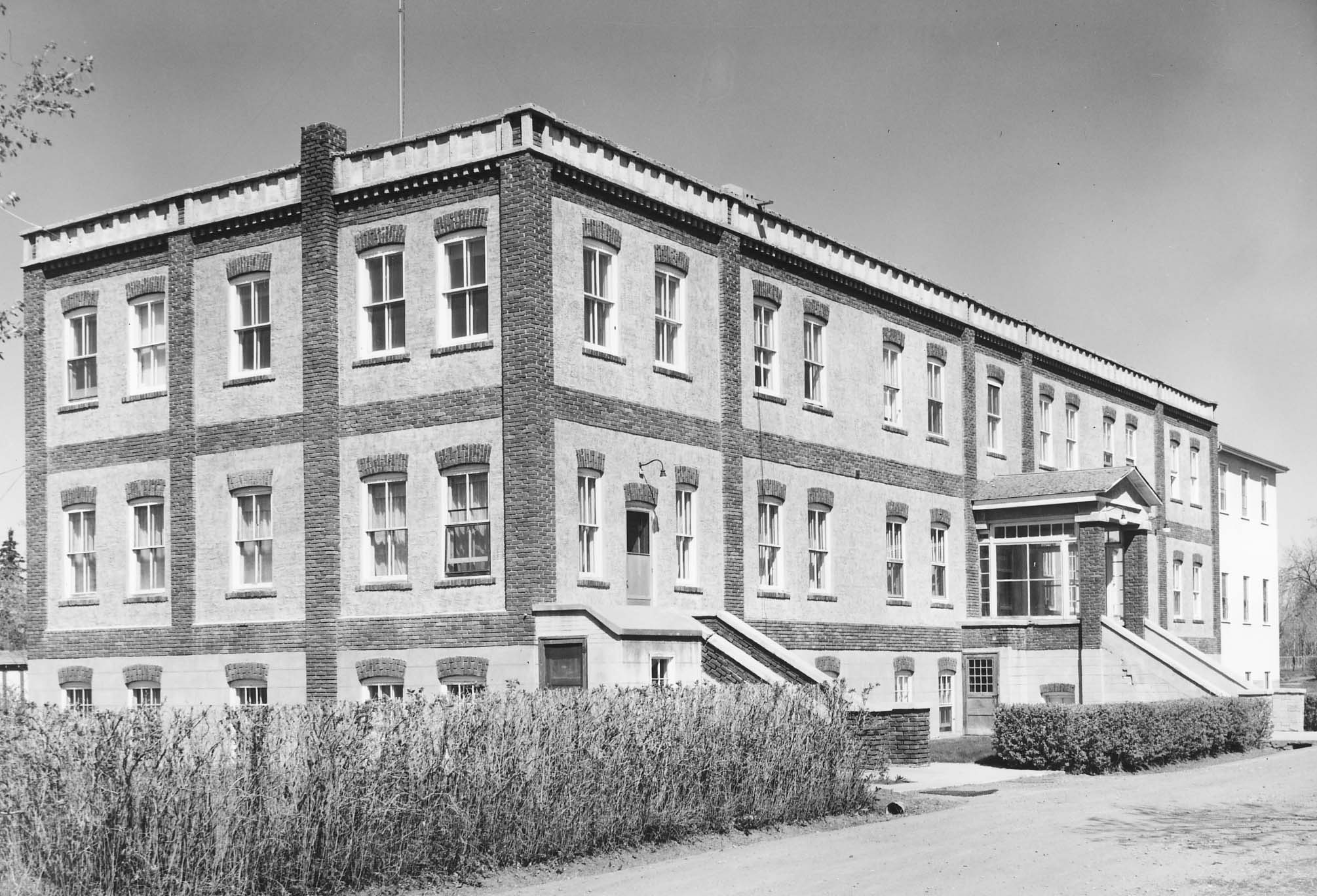by Brent Kostyniuk
When the pioneer settlers came to the Prairies, they brought with them precious possessions that would remind them of the lives they had left behind; keepsakes that would help see them through the challenges and hardships that would be inevitable in the new land. While material goods were essential, they also brought with them a more valuable intangible possession—their faith.
Settling on homesteads in the vast wilderness, the pioneers had little to support their efforts to build new homes and raise children. Neighbours were few and far between, stores and doctors often dozens of miles away. Yet even as they struggled to survive, they made plans to ensure their faith would survive. Often primitive churches were built in anticipation of the arrival of a priest, who even after he arrived might only be able to visit each community once or twice a year.
Indeed, the wait could be even longer than that. The first group of Ukrainian settlers arrived in East Central Alberta in 1892, however it was not until the spring of 1897 that Father Nestor Dmytrow, a Ukrainian Greek Catholic priest, made a visit to the colony some 50 miles east of Edmonton. The first permanent pastoral presence came in 1902 when Metropolitan Andrei Sheptytsky sent four members of the Order of St. Basil the Great, Fathers Platonid Filas (superior), Sozont Dydyk, and Anton Strotsky, along with Brother Yeremii Yanishewsky—along with four Sister Servants of Mary Immaculate—to tend to the religious needs of the Ukrainian pioneers. On November 1, Father Filas, in the company of Roman Catholic Bishop, Emil Legal, travelled from rail’s end at Strathcona to the area of present day Mundare, while the others took up duties around Edmonton. Two months later, in January 1903, Fr. Filas filed for a homestead and work began on building a house, with the help of local settlers. This was to become the first monastery for the Basilians. On July 12 1903, the Feast of Sts. Peter and Paul (Julian calendar), a Divine Liturgy was celebrated at the monastery attended by Ukrainian homesteaders from throughout the region. The event is commemorated to this day by an annual vidpus—pilgrimage—which draws hundreds of Ukrainian Catholics to Mundare on the last Sunday of June. By the end of that year, a simple chapel had been constructed, formalizing Mundare as the centre of religious life for Ukrainian Catholics in East Central Alberta. From there, the Basilian priests, along with the Sister Servants, served the far flung Ukrainian settlement.
With the coming of the Canadian Northern Railway, Mundare began to grow as a town. With its future development in mind, a church dedicated to Sts. Peter and Paul was built in Mundare in 1910. The formal blessing, on October 23, 1910, took place during the visit of Metropolitan Andrei Sheptytsky to Canada. The Basilian community in Mundare soon became an important centre for Ukrainian Catholics, not only in Western Canada, but throughout North America. In order to expand their activities, in 1923 a brick monastery dedicated to Sts. Peter and Paul was constructed in Mundare, under the direction of architect-priest Father Philip Ruh, a Belgian-born Oblate who dedicated his life to serving Ukrainian Catholics in Canada. Ten years later, a subsidiary monastery was built at the site of Fr. Filas’ original homestead. Expanding their missionary presence even more, a printing press was built in Mundare in 1936. This produced Ukrainian language religious publications, a boon for settlers who would otherwise have had little to read in their own language.
Together, the two monasteries enabled the Basilians to provide novitiate training for future members of the order. As many as 60 young men lived there, receiving education in the arts, humanities, and philosophy. The novices also worked the land at the “farm” monastery, providing meat, vegetables, and grain for their own needs. Surplus produce was sold to help meet the expenses of running the monasteries.
While the rich prairie soil is noted for the cereal crops it produces, it has also proven to be fertile ground for religious vocations. Indeed, seven Ukrainian Catholic bishops either studied at the Mundare monastery or were raised in the region served by those first Basilian missionaries.
The story of the Basilian Monastery at Mundare is not unlike that of St. Peter’s Abbey, the oldest Benedictine monastery in Canada, and home to Prairie Messenger. The Abbey was founded in Muenster, by monks who had moved from Cluny, Illinois to serve the growing Catholic colony in Saskatchewan. Like that of the Basilians, the Benedictine mission began with a simple log and mud house. Later a wood monastery was constructed in which the monks could continue their lives of prayer on the Prairies. Their ritual of gathering several times a day to pray the monastic office has continued uninterrupted to this day. Beyond this, the Benedictines worked tirelessly to serve the pioneer settlers. The first task was to simply find them on the vast prairie. Later they organized parishes, erected churches and residences, and established parochial schools for the growing Catholic community.
These two monasteries, East and West, remain as centres of religious life, not only for the monks who inhabit them, but for the Catholic communities they serve. They are precious reminders of the dedication, foresight, and suffering of the monks who bravely left their homes to bring Christ to those pioneer settlers who sought to make new homes on the Canadian Prairies.
This piece first appeared in The Prairie Messenger. Reprinted with permission.


